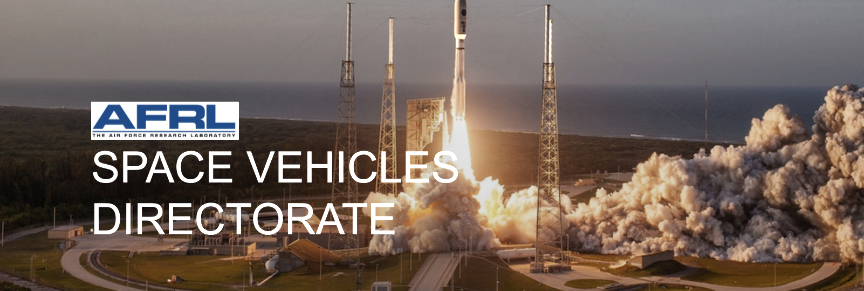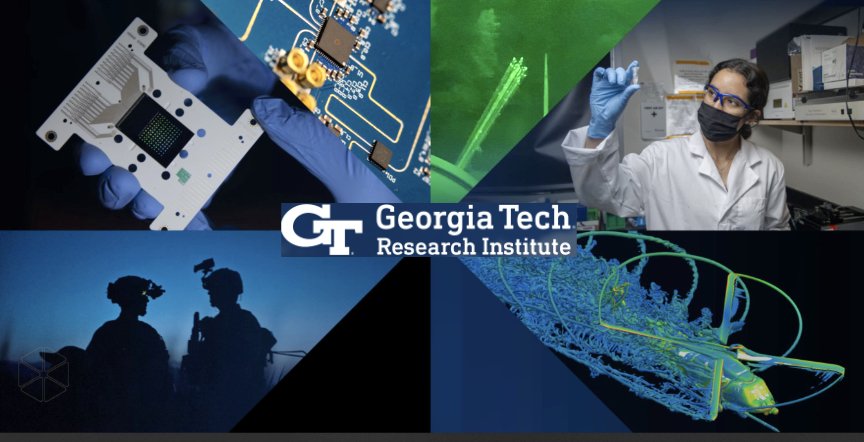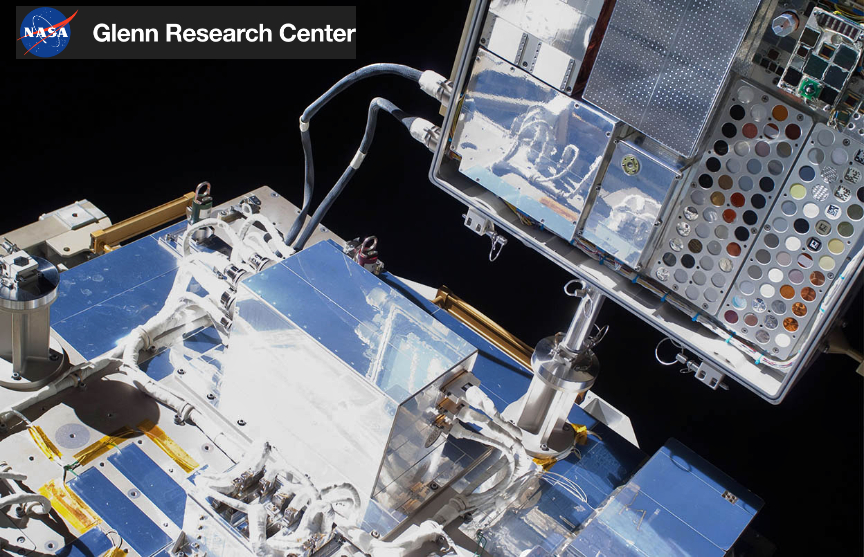
The Air Force Research Laboratory Space Vehicles Directorate, in collaboration with the Georgia Tech Research Institute (GTRI), NASA and DuPont de Nemours, Inc., has a brand-new spacecraft materials experiment flying on the International Space Station (ISS).

A SpaceX Dragon spacecraft delivered the experiment named 16 Materials International Space Station Experiment, or MISSE-16, to the ISS on July 16, 2022.

This experiment consists of materials never before tested in space and was installed onto an ISS platform called the Materials International Space Station Flight Facility during a recent extravehicular activity, where it will remain collecting data for the next six months before returning to earth in early 2023 for analysis.

The project was conceived by AFRL, GTRI and NASA researchers, who submitted a proposal to the ISS U.S. National Laboratory and were awarded the experiment. In progress for two years, the experiment has more than 20 senior scientists at AFRL, GTRI and NASA and a few summer interns contributing to its development.
Dr. Elena Plis, a senior research engineer at the Electro-Optical Systems Laboratory/Georgia Tech Research Institute, is the lead and primary investigator for the MISSE-16 mission and directs the goals of the multi-institutional research team.
“AFRL and GTRI will then study the effects of space weather exposure on the collection of heritage and novel spacecraft materials,” said Ryan Hoffmann, AFRL MISSE-16 mission manager. “NASA has been a driving force in helping to determine what materials should be flown, as well as conducting some of the preflight material characterization. DuPont supplied many of the material samples, along with providing an in-depth knowledge of material composition and space utility. We will investigate selected materials which show promise for aerospace, avionics and spacecraft applications in low-Earth orbit, which is a particularly harsh environment for spacecraft materials. MISSE-16 will leverage the GTRI’s expertise in several areas of high importance to space research. The data collected will aid in the development of technology to image spacecraft through the atmosphere using ground-based telescopes and will help to track hazardous debris that is typically very dim and difficult to keep track of in space.”
Hoffmann explained for the first time ever, MISSE-16 will provide real-time data on how a material degrades in the space environment. “These data will be used to design and validate ground-based testing methodologies so that new materials can be flown with higher confidence and reliability and a much lower cost,” he said. “This will lead to a more agile space enterprise that is able to take advantage of state-of-the-art materials rather than the current model of flying only materials that have flown before.”
AFRL anticipates several important benefits for the U.S. Space Force resulting from this project will also be valuable to the space industry and the space enterprise in general.
The Air Force Research Laboratory, or AFRL, is the primary scientific research and development center for the Department of the Air Force. AFRL plays an integral role in leading the discovery, development and integration of affordable warfighting technologies for our air, space and cyberspace force. With a workforce of more than 11,500 across nine technology areas and 40 other operations across the globe, AFRL provides a diverse portfolio of science and technology ranging from fundamental to advanced research and technology development. For more information, visit: www.afresearchlab.com. Air Force Research Laboratory AFRL AFRL Space Vehicles Directorate Space Vehicles Directorate NASA Georgia Tech Research Institute International Space Station SpaceX spacecraft experiment space weather U.S. Space Force NASA Johnson Space Center
